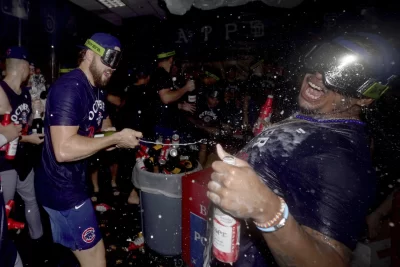
OKLAHOMA CITY— Thirty years after a truck bomb detonated outside a federal building in America’s heartland, killing 168 people in the deadliest homegrown attack on U.S. soil, deep scars remain.
From a mother who lost her first-born baby, a son who never got to know his father, and a young man so badly injured that he still struggles to breathe, three decades have not healed the wounds from the Oklahoma City bombing on April 19, 1995.
The bombers were two former U.S. Army buddies, Timothy McVeigh and Terry Nichols, who shared a deep-seated hatred of the federal government fueled by the bloody raid on the Branch Davidian religious sect near Waco, Texas, and a standoff in the mountains of Ruby Ridge, Idaho, that killed a 14-year-old boy, his mother and a federal agent.
And while the bombing awakened the nation to the dangers of extremist ideologies, many who suffered directly in the attack still fear anti-government rhetoric in modern-day politics could also lead to violence.
A 30-year anniversary remembrance ceremony is scheduled for April 19 on the grounds of the Oklahoma City National Memorial Museum.
A baby killed and a mother’s anguish
Little Baylee Almon had just celebrated her first birthday the day before her mother, Aren Almon, dropped her off at the America’s Kids Daycare inside the Alfred P. Murrah federal building. It was the last time Aren would see her first child alive.
The next day, Aren saw a photo on the front page of the local newspaper of Baylee’s battered and lifeless body cradled in the arms of an Oklahoma City firefighter.
“I said: ‘That’s Baylee.’ I knew it was her,” Aren Almon said. She called her pediatrician, who confirmed the news.
In the hauntingly iconic image, which won the amateur photographer who took it the 1996 Pulitzer Prize for spot news photography, firefighter Chris Shields came to symbolize all the first responders who descended on the bomb site, while Baylee represented the innocent victims who were lost that day.
But for Aren, her daughter was more than a symbol.
“I get that (the photo) made its mark on the world,” Almon said. “But I also realize that Baylee was a real child. She wasn’t just a symbol, and I think that gets left out a lot.”
A firefighter thrust into the spotlight
The Oklahoma City firefighter in the photograph was Chris Fields, who had been on the scene for about an hour when a police officer came “out of nowhere” and handed him Baylee’s lifeless body.
Fields swept the infant’s airway and checked for any signs of life. He found none.
He said the iconic photograph was snapped as he waited for a paramedic to find room for the baby in a crowded ambulance.
“I was just looking down at Baylee thinking, ‘Wow, somebody’s world is getting ready to be turned upside down today,’” Fields recalled.



